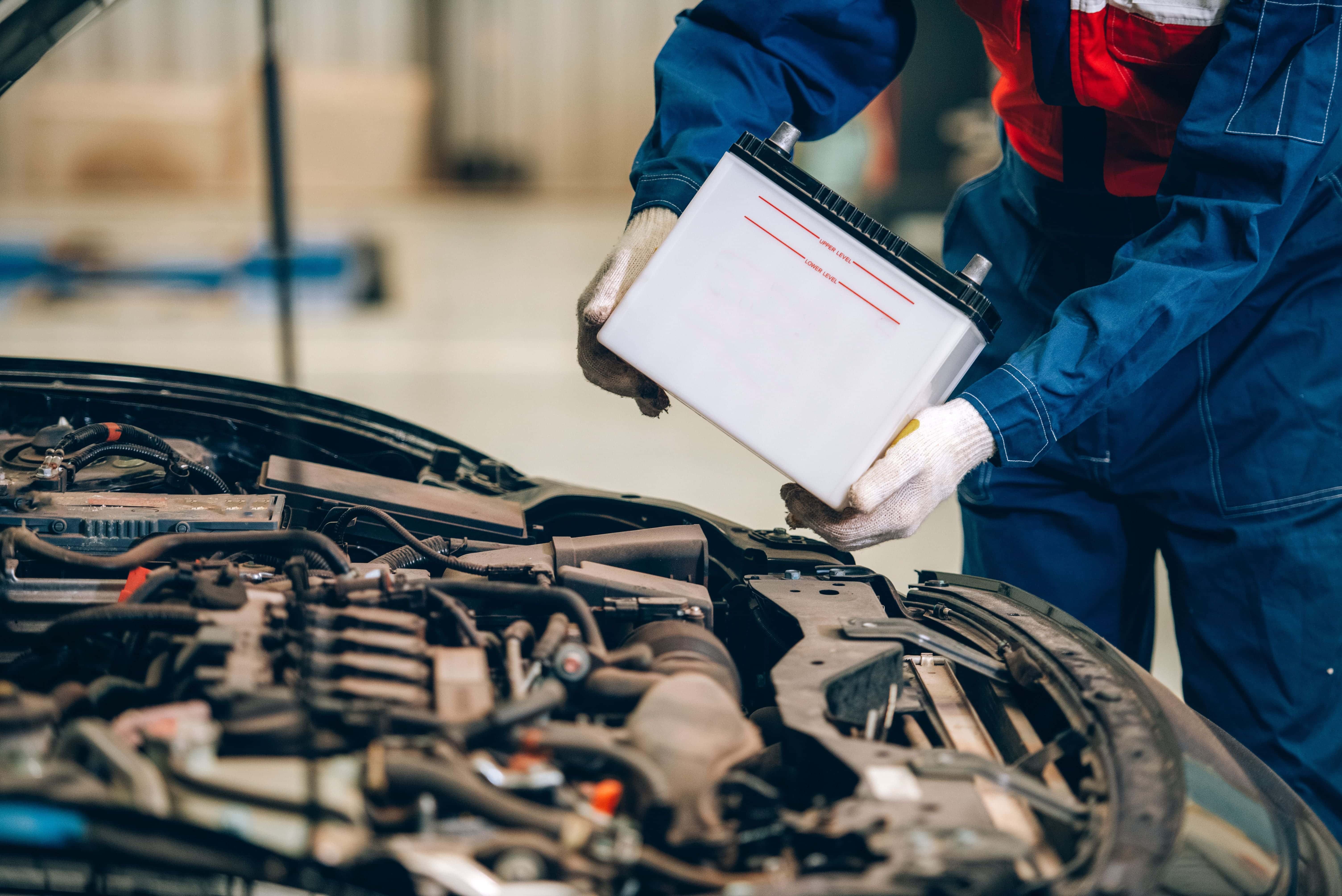The latest Ford Kuga plug-in hybrid (PHEV) has been a great success in Europe so far, finishing the first half of 2022 as the top-selling plug-in hybrid across all brands. Ford introduced the first Kuga back in 2008, pathing the way for the other compact SUV crossovers that followed. The model has been praised for comfort and practicality, however, it has encountered a few bumps in the road. One of the latest recalls was in 2020, when the manufacturer recalled the PHEVs due to a potential risk of battery fires. If you’re looking to buy a new or used Ford Kuga, you may find this article helpful for informing your maintenance and purchasing decisions.
These are some of the most commonly reported faults for different versions of the SUV:

- Battery issues
It isn’t just the hybrid that has had battery issues. There have been multiple reports of problems with the batteries in conventional Kuga cars. For example, car owners have frequently reported that despite being fully charged, their batteries were drained in a day and required a jump start. This is mostly due to a short battery lifespan. Thankfully, the normal car batteries are relatively cheap to replace.
- Engine problems
You may already know that the Ford Kuga has had multiple overheating issues in the past, which, in some cases, have resulted in engine meltdowns or fires. This is particularly a problem for the ford kuga 2.0 TDCI and 1.5 EcoBoost engines and models produced between 2012 and 2016. Engines were overheating to the point of breakdown without warning. In many cases, it was caused by coolant leaks, which caused the cylinder heads to crack. This then led to oil and fuel leaks. Ford had to recall vehicles multiple times in the UK, US, Australia, and South Africa.
As a result of overheating, the oil sump can crack and allow all the engine oil to escape. Make sure to have your vehicle serviced at regular intervals. A Ford dealer can find out if your car is affected by these engine problems and update the software so that the system recognises overheating and takes preventative action.
- Automatic transmission problems
This is especially common for 2014 models. It was noted that the dual-clutch electronic control would sometimes fail. Due to a computer malfunction, the automatic transmission fails to shift gear. The quick solution is to reboot the system by turning the engine off and on again. However, this is only a temporary fix. It is better to get it repaired properly.
- Clutch defects
For example, in 1.5L and 1.6L EcoBoost models built between August 2013 and May 2018, the clutch pressure plate is vulnerable to fracturing when under high pressures. Early signs of clutch plate damage include a strong smell of a burning clutch and a loud thud or band when it goes bad. This can also occur as a result of extreme heat or oil leaks.
- Electrical problems
Ford Kuga electrical faults can also be the result of a bad battery. For example, drivers may experience starting difficulties and problems with the non-engine electrics such as the car air conditioning parts and sat navigation.
Accessories for the Ford Kuga
If you’re looking to spruce up your old Ford Kuga or increase its storage, there’s a wide range of accessories available on the aftermarket. For example, you can overcome space limitations by installing a roof rack or towbar for transporting extra luggage or towing a motorhome.
Check out our online catalogue for Ford Kuga parts and accessories to find the right products at affordable prices.
TOP products on the subject:





















































